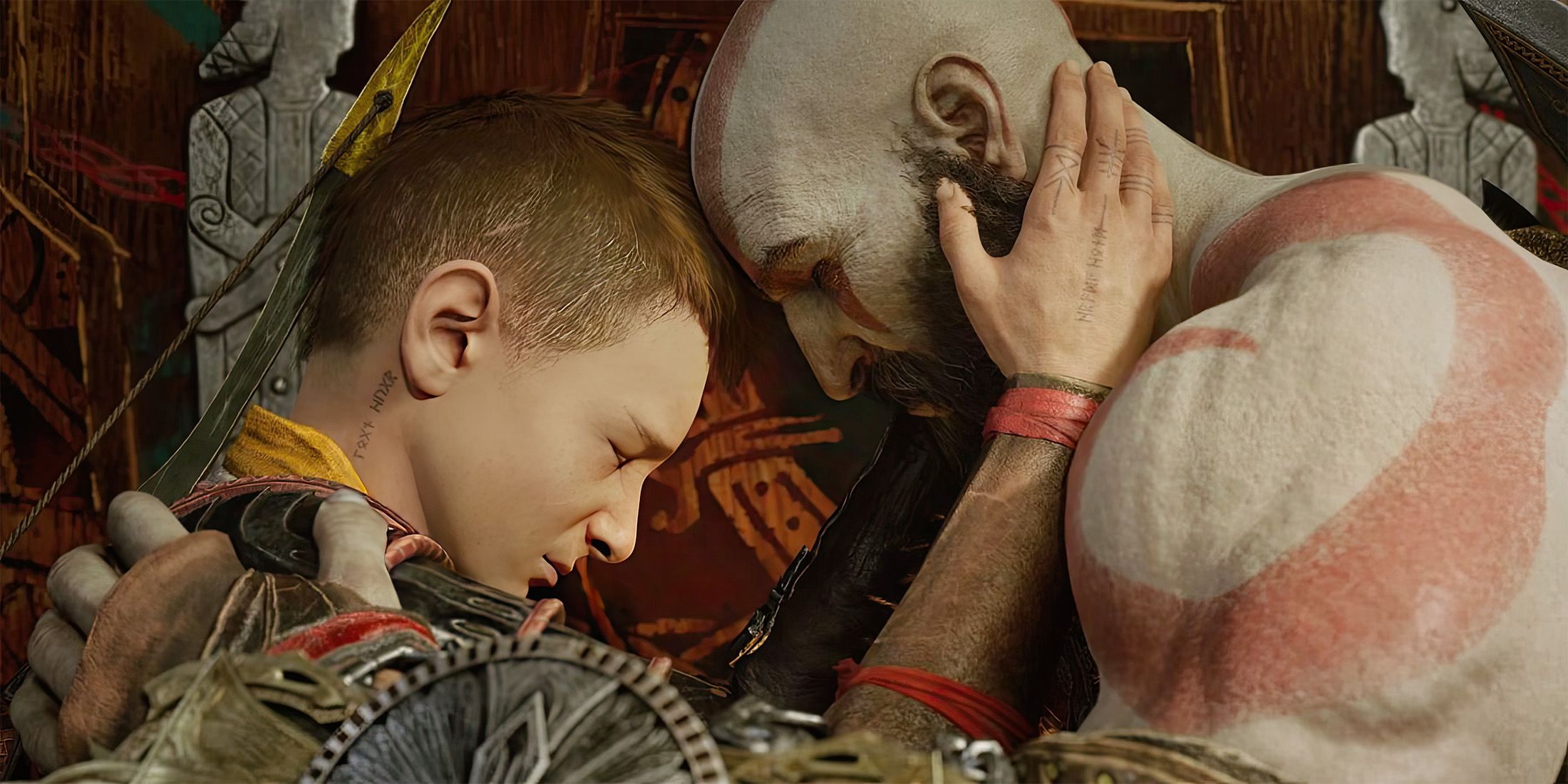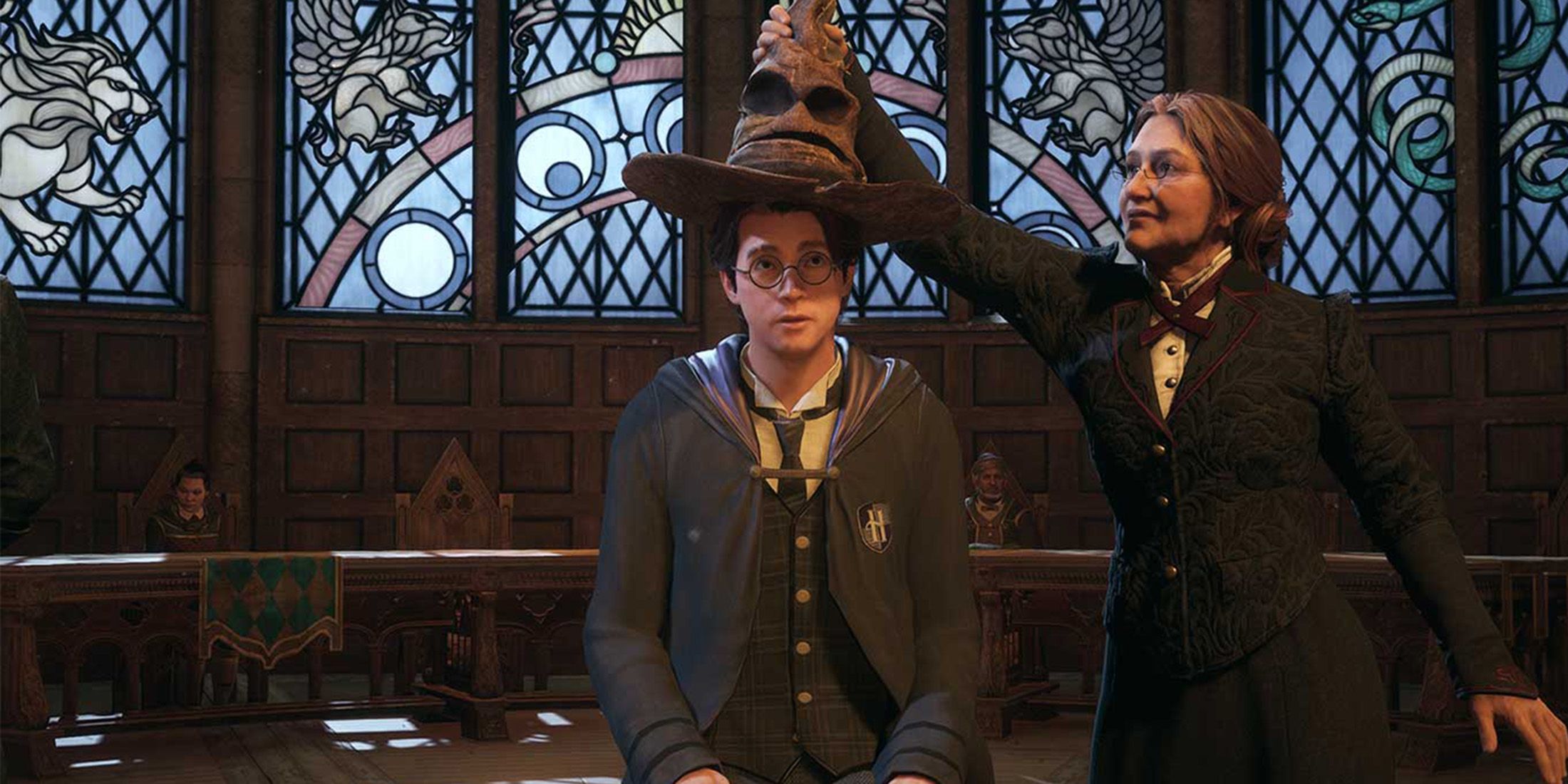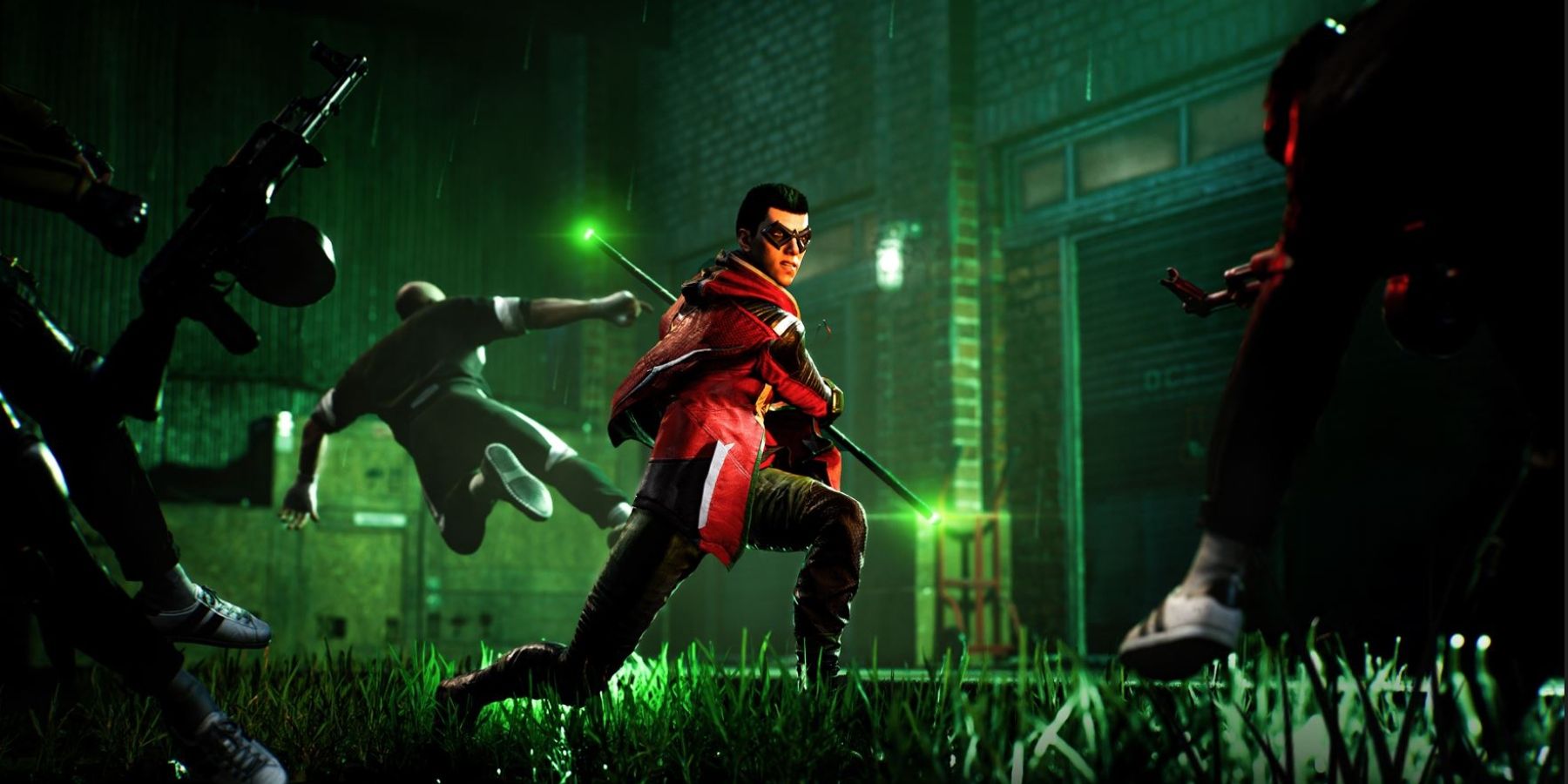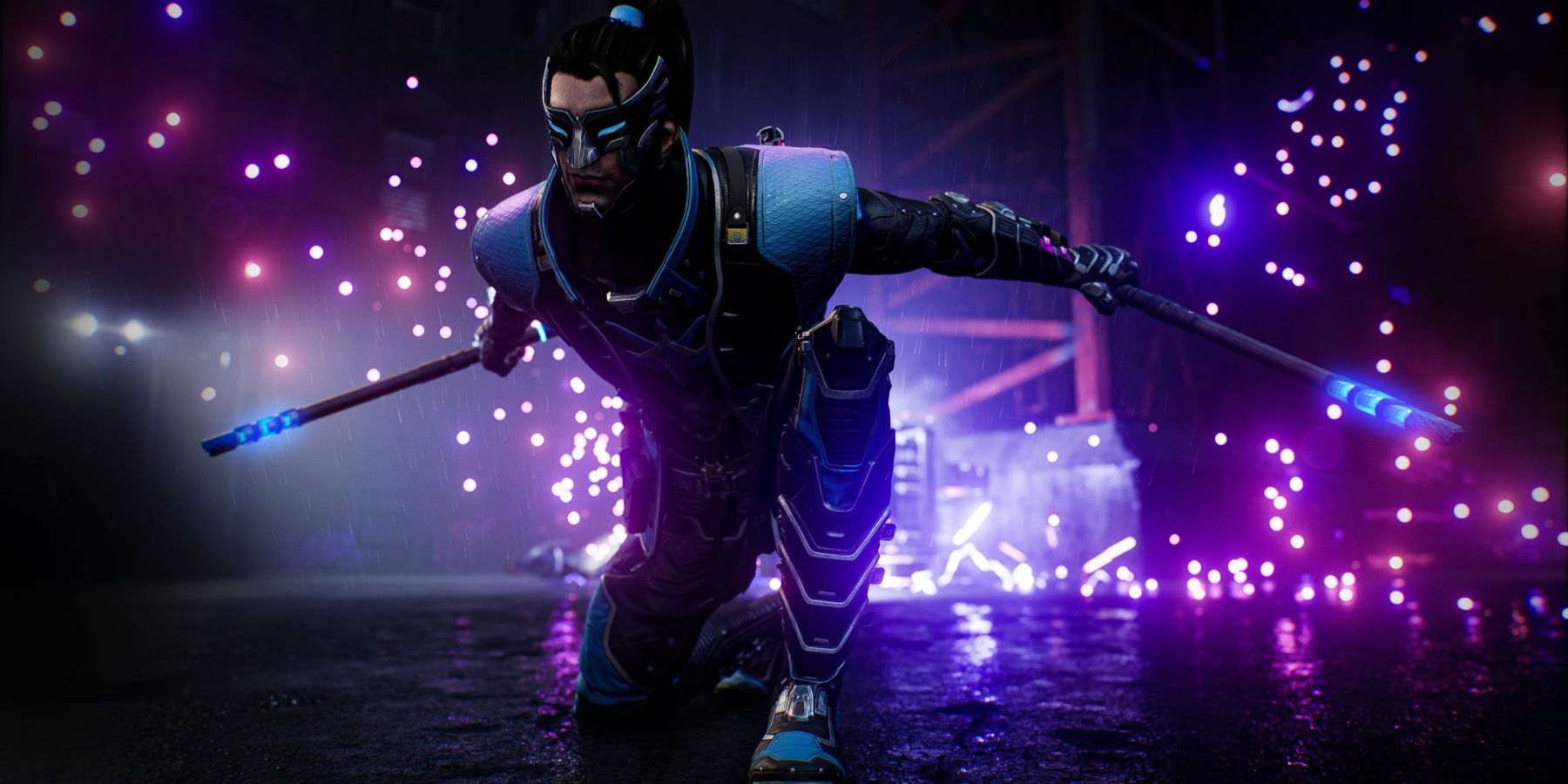Rocksteady's Batman: Arkham series completely revolutionized the superhero video game genre for good, proving that modern-day comic book games don't need to just be lazy movie tie-in titles. But with the Arkham series wrapping up back in 2015 with Batman: Arkham Knight, DC has been left floating in the wind, failing to deliver another game like it. The most recent and prominent example of these failures is last year's Gotham Knights.
Released back in October of last year, Gotham Knights had a great premise on paper, but its execution left a lot to be desired. A co-op action game that put the players in the armored boots of the Bat-Family in the wake of Batman's sudden death, Gotham Knights was disappointing for a whole variety of reasons, but there's one big feature that, if tweaked, could have completely saved the entire game: the combat.
Gotham Knights Would Have Been Received Better if it Had Arkham's Combat
Gotham Knights had no shortage of issues. A clumsy plot, some extremely awkward dialogue, a lack of iconic comic book villains, and some messy characterization of the Bat-Family all plagued Gotham Knights' narrative, and that's not even mentioning the gameplay itself. Something fans immediately spotted in Gotham Knights' first gameplay trailers were the game's bizarre traversal options for each playable character, with Red Hood leaping through the air on magical portals and Nightwing using a hilariously oversized Fortnite-like glider, and these did turn out to be pretty lackluster in the final product. Gotham Knights also placed an over-emphasis on RPG loot-grinding systems to fill out much of its runtime, which was another point of controversy for the game.
But by far Gotham Knights' most controversial gameplay element was its combat. In an action-adventure game, particularly one revolving around superheroes, combat plays an integral role in the gameplay, and more often than not, if the game's combat feels satisfying and rewarding, then players can forgive a lot more of the title's other shortcomings. But as it stands, Gotham Knights' combat really isn't the satisfying system the game desperately needed it to be.
Gotham Knights' combat suffers from a weightlessness problem, an issue often found in MMOs and RPGs that heavily emphasize a constant loot grind. While Gotham Knights' combat can look very flashy, with characters performing daring flips and somersaults over their opponents with ease, it doesn't feel all that satisfying to control. The vast majority of Gotham Knights' enemies are complete damage sponges, requiring a ridiculous number of strikes to defeat. This can often lead to long stretches of gameplay that see the player pressing the same button over and over again to hit an enemy, with the only response being a flood of constant numbers rising from their health bar indicating that they're definitely doing damage as opposed to any visual indicators.
In complete contrast to this is Batman: Arkham's combat, a system that many fans hoped they would be getting within Gotham Knights. Batman: Arkham's Freeflow combat allows players to zip between opponents easily while dishing out strikes that look and feel exactly as devastating as they should. When a player lands a knock-out blow in Batman: Arkham, it's made immediately evident, with the camera slowing down and the enemy's animations showing that a hard strike has just landed, usually sending them flying across the arena. Every individual punch in Batman: Arkham feels as satisfying as the last, with even the game's spongier Titan enemies still reacting realistically to each hit. If Gotham Knights had just borrowed Arkham's Freeflow combat, then it could have easily fixed one of the game's biggest issues, and that could have potentially plastered over a lot of the game's other problems.
Gotham Knights is available now on PC, PS5, and Xbox Series X/S.





